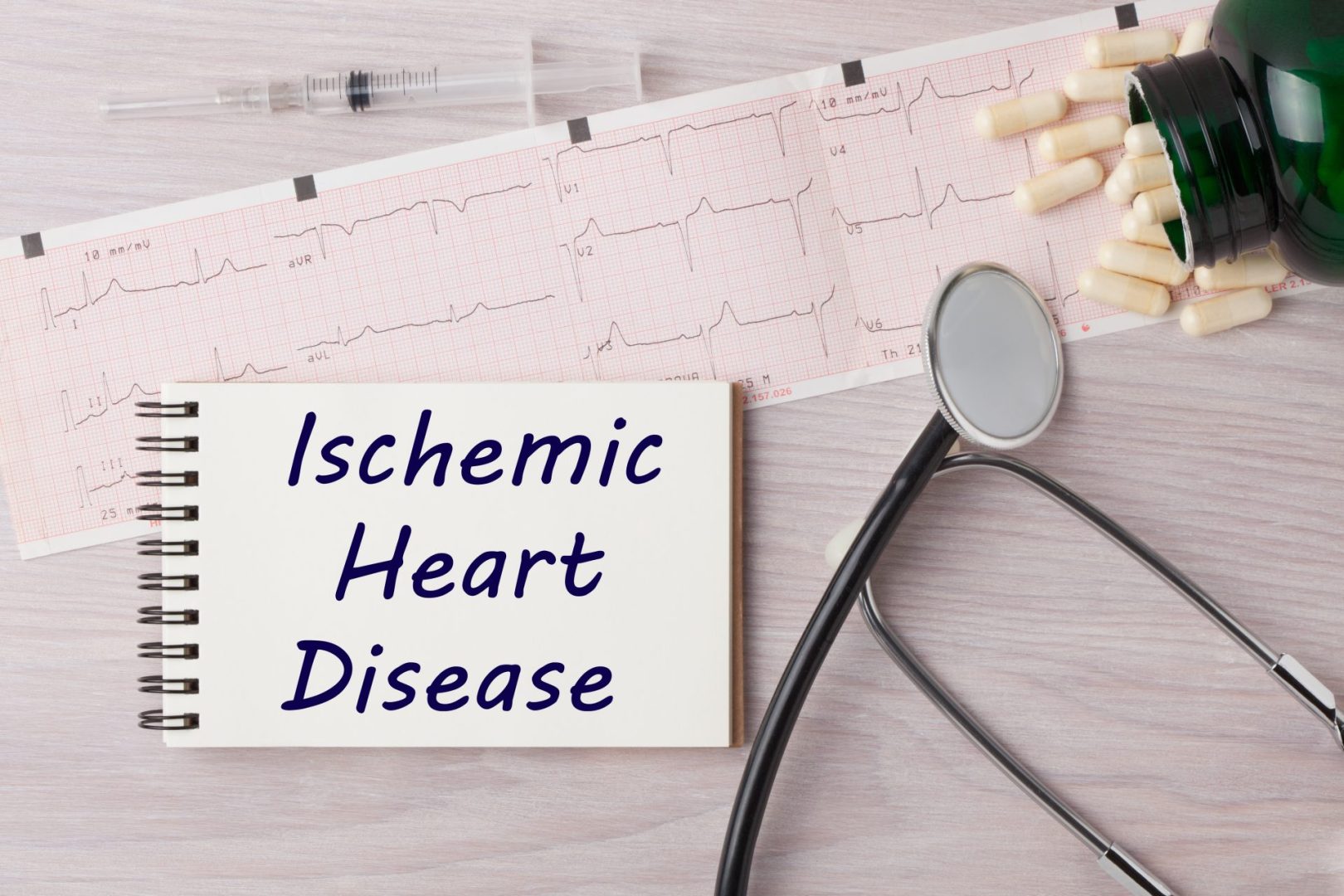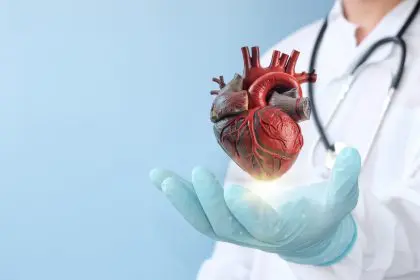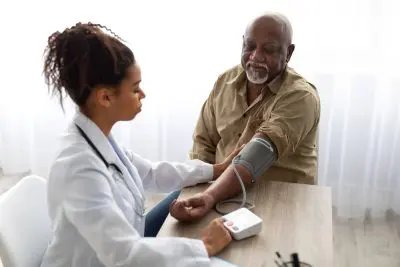Ischemic heart disease affects more than 18 million Americans, making it the leading cause of death nationwide. This condition occurs when coronary arteries become narrowed or blocked, restricting blood flow to the heart muscle. The reduced oxygen supply can trigger chest pain, heart attacks, and other serious complications that dramatically impact quality of life.
Medical advances have revolutionized how doctors approach this widespread condition. Today’s treatment arsenal combines innovative medications with sophisticated procedures that can restore blood flow, prevent future blockages, and help patients live fuller, more active lives. Understanding these options empowers individuals to work effectively with their healthcare teams.
1. Blood thinners prevent dangerous clots
Antiplatelet medications represent the first line of defense against ischemic heart disease. Aspirin remains the most commonly prescribed option, working by preventing blood cells called platelets from sticking together and forming clots. This simple mechanism dramatically reduces the risk of heart attacks and strokes.
More potent alternatives include clopidogrel and ticagrelor, which offer enhanced protection for high-risk patients. These medications block different pathways that lead to clot formation, providing comprehensive coverage against arterial blockages. Patients typically take these drugs long-term, with dosing adjusted based on individual risk factors and response to treatment.
Doctors carefully monitor patients on blood thinners for signs of excessive bleeding, balancing the protection against clots with potential side effects. Regular blood tests help ensure optimal dosing, while lifestyle modifications can enhance the medications’ effectiveness.
2. Cholesterol-lowering drugs tackle root causes
Statins have transformed cardiovascular medicine by addressing one of the primary drivers of ischemic heart disease. These medications work by blocking an enzyme the liver uses to produce cholesterol, effectively lowering levels of harmful LDL cholesterol while sometimes raising beneficial HDL cholesterol.
Modern statin options include atorvastatin, rosuvastatin, and simvastatin, each offering slightly different benefits and side effect profiles. Beyond cholesterol reduction, these drugs provide anti-inflammatory effects that help stabilize arterial plaques and prevent ruptures that trigger heart attacks.
Newer cholesterol medications like PCSK9 inhibitors offer additional options for patients who cannot tolerate statins or need more aggressive cholesterol lowering. These injectable treatments can reduce LDL cholesterol by 50-60 percent, providing remarkable results for high-risk individuals.
3. ACE inhibitors protect heart function
Angiotensin-converting enzyme inhibitors address multiple aspects of ischemic heart disease simultaneously. These medications relax blood vessels, reduce blood pressure, and decrease the workload on the heart. By blocking the formation of angiotensin II, a hormone that constricts blood vessels, ACE inhibitors improve circulation throughout the body.
Popular options include lisinopril, enalapril, and ramipril, which have demonstrated clear benefits in preventing heart attacks and reducing mortality rates. These drugs also help preserve kidney function, an important consideration since heart disease and kidney problems often occur together.
Patients typically start with low doses that gradually increase based on tolerance and blood pressure response. Regular monitoring ensures optimal benefits while minimizing potential side effects like persistent cough or elevated potassium levels.
4. Beta-blockers slow and strengthen the heart
Beta-blocking medications reduce heart rate and blood pressure by preventing adrenaline from binding to beta receptors in the heart. This mechanism decreases oxygen demand while improving the heart’s efficiency, making it particularly valuable for patients with previous heart attacks or heart failure.
Metoprolol, carvedilol, and atenolol represent commonly prescribed beta-blockers, each with unique properties that make them suitable for different patient populations. These medications can reduce chest pain episodes, improve exercise tolerance, and lower the risk of future cardiac events.
The gradual introduction of beta-blockers allows patients to adjust to changes in heart rate and blood pressure. Healthcare providers carefully titrate doses upward while monitoring for signs of excessive slowing of the heart or worsening of breathing problems.
5. Angioplasty reopens blocked arteries
Percutaneous coronary intervention, commonly called angioplasty, has revolutionized the treatment of blocked coronary arteries. This minimally invasive procedure involves threading a thin catheter through blood vessels to reach the blocked artery. A tiny balloon at the catheter’s tip inflates to compress plaque against the artery wall, restoring blood flow.
Most angioplasty procedures now include placement of a stent, a small mesh tube that remains in the artery to keep it open. Modern drug-eluting stents release medications over time to prevent the artery from narrowing again, dramatically improving long-term success rates.
The procedure typically takes one to two hours and requires only local anesthesia. Patients often return home the same day or after an overnight stay, experiencing rapid relief from chest pain and improved exercise capacity. Recovery involves taking medications to prevent blood clots around the stent and gradually returning to normal activities.
6. Bypass surgery creates new pathways
Coronary artery bypass grafting represents the most comprehensive approach to treating severe ischemic heart disease. Surgeons harvest healthy blood vessels from other parts of the patient’s body, typically the chest, leg, or arm, and use them to create detours around blocked coronary arteries.
This procedure effectively creates a new blood supply system for the heart, allowing oxygen-rich blood to reach areas that were previously starved. Bypass surgery works particularly well for patients with multiple blocked arteries or complex blockages that cannot be treated with angioplasty.
Modern surgical techniques have made bypass operations safer and more effective than ever before. Some procedures can be performed through smaller incisions or even while the heart continues beating, reducing recovery time and complications. Most patients spend several days in the hospital followed by weeks of cardiac rehabilitation to optimize their recovery.
7. Combination approaches maximize benefits
Contemporary treatment of ischemic heart disease typically involves combining multiple medications and procedures to achieve optimal results. This comprehensive approach addresses different aspects of the condition while minimizing individual drug doses and associated side effects.
A typical treatment plan might include aspirin for clot prevention, a statin for cholesterol control, an ACE inhibitor for blood pressure management, and a beta-blocker for heart protection. Patients with severe blockages might undergo angioplasty followed by long-term medication therapy to prevent future problems.
Regular monitoring allows healthcare providers to adjust treatments based on patient response, side effects, and changing risk factors. This personalized approach ensures that each individual receives the most appropriate combination of therapies for their specific situation.
The landscape of ischemic heart disease treatment continues evolving as researchers develop new medications and refine existing procedures. Clinical trials regularly test innovative approaches that promise even better outcomes for the millions of Americans living with this condition. These advances offer hope for improved quality of life and longer survival for patients facing the challenges of coronary artery disease.














